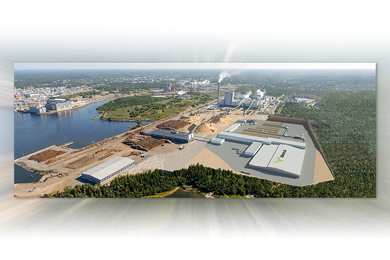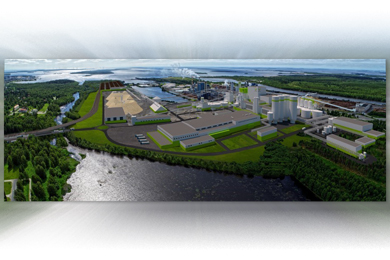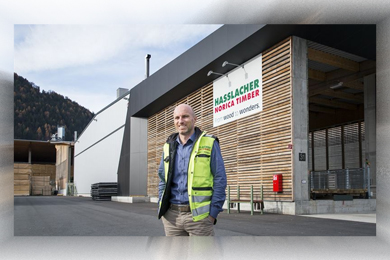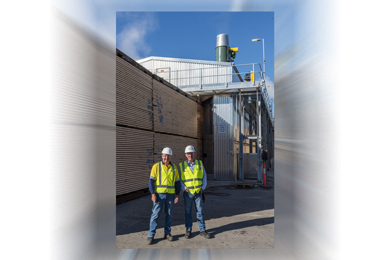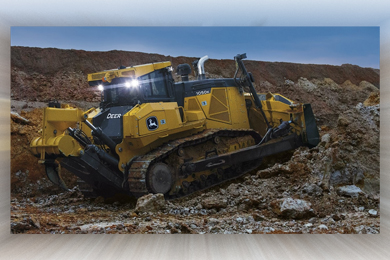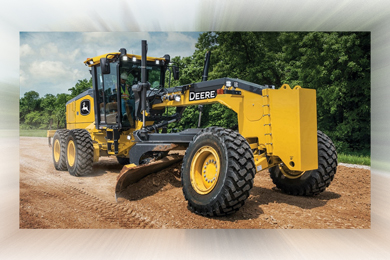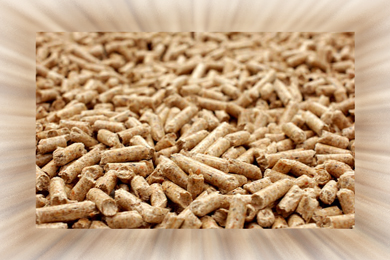The new Future Cabin included in the PONSSE Scorpion launched in February has won a product design award in the internationally acclaimed Red Dot design competition. The award in question was the Best of the Best award in the Product Design category, granted for the cabin’s innovative design. This was the highest recognition that could be achieved in the competition, granted to the best products of the various award categories.
In February, Ponsse introduced to the market a thoroughly modernised Scorpion harvester range that meets all the requirements of today’s forestry work. The Scorpion’s characteristics include its excellent visibility and handling. One of the most prominent changes is the new one-piece windscreen that extends to the roof of the cabin, offering even better visibility and work safety under all conditions. In addition, the unique crane solution offers an excellent visibility in every direction. The new Scorpion raises productivity and ergonomics in harvesting to an even higher level, and sets a new standard for the operator’s working environment.
“The starting point for the development of the new Scorpion’s cabin was once again forest machine operators and their feedback. This discussion is extremely important to us, and we engage in it continuously as part of our everyday work. The cabin workspace, for which we received this great award, was modified to make it more practical and to develop it into a quiet workplace with a view to support the operator’s comfort and well-being. The operator’s well-being during work is key to the machine’s productive operation. It is great that the cabin has received such an esteemed award for innovative design as well. Thanks for this award go to our customers, partners and all Ponsse employees”, says Juha Inberg, Technology and R&D Director at Ponsse.
The Red Dot design competition is one of the most highly regarded design competitions in the world, with a history of more than 60 years. This was the second time that Ponsse received the esteemed product design award: the PONSSE Scorpion harvester of the previous generation was awarded in 2015 in the same category.
YouTube: https://www.youtube.com/watch?v=US5mnZRo2BQ
More information from Ponsse Plc:
Juha Inberg, Technology and R&D Director
Ponsse Plc Ponssentie 22, 74200 Vieremä, Finland
Tel. +358 400 661 368
juha.inberg@ponsse.com
www.ponsse.com
Ponsse Plc specialises in the sale, production, maintenance and technology of cut-to-length method forest machines, and is driven by a genuine interest in its customers and their business operations. Ponsse develops and manufactures sustainable and innovative harvesting solutions based on customer needs.
The company was established by forest machine entrepreneur Einari Vidgrén in 1970, and has been a leader in timber harvesting solutions based on the cut-to-length method ever since. Ponsse is headquartered in Vieremä, Finland. The company’s shares are quoted on the Nasdaq Nordic List.





